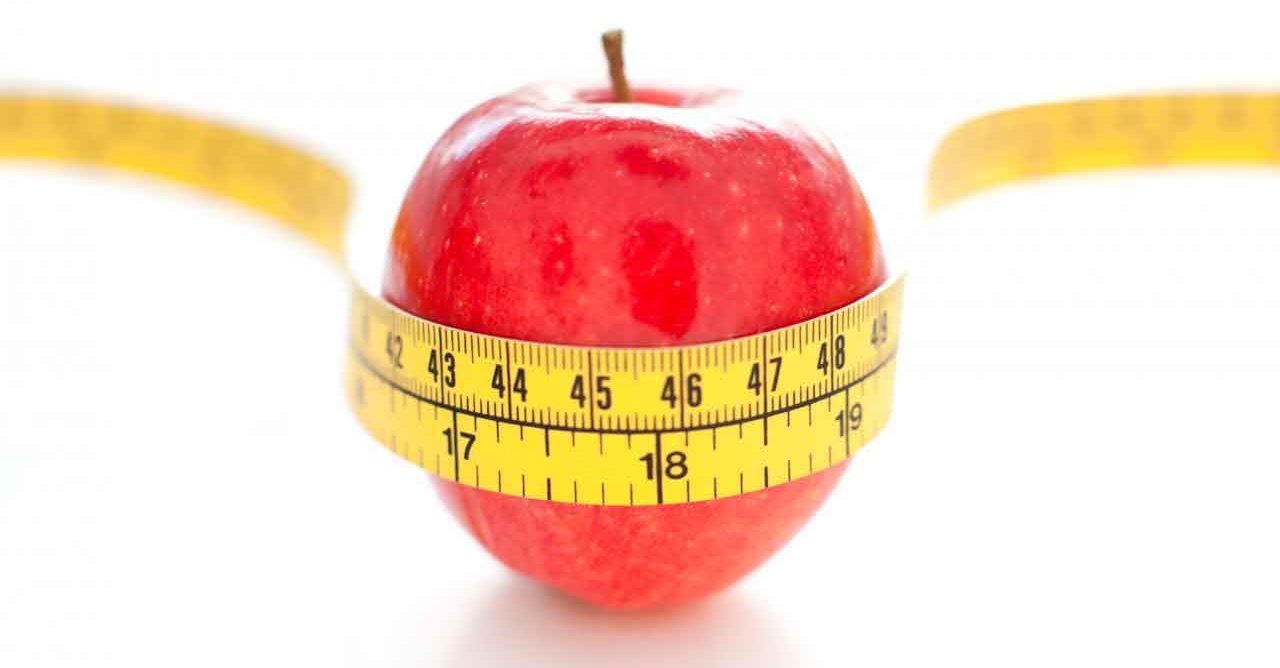It’s Not Good to Be Apple-Shaped

Even if you’re not especially heavy, that belly is a problem.
Some of us pack on weight around our hips and legs and end up pear-shaped. Some of us are long and lean like carrots. And some of us look like apples on legs.
An apple a day may be good for you, but looking like an apple isn’t. If you bulge around your middle, even if you aren’t overweight, you may be in more danger than an obese who is padded more evenly.
YOU MIGHT ALSO LIKE: 7 Reasons You May Weigh Too Much
Obesity has been linked to earlier deaths for a variety of reasons, including heart disease, stroke, and diabetes. There are a few ways to measure whether you’re carrying too much fat. The simplest is body mass index (BMI), dividing weight by height. But it turns out that the ratio between the waist and hip may be more important.
In a study of data drawn from more than 15,000 adults up to the age of 90, researchers looked at waist to hip ratios, BMI, and whether the person had died of heart disease or any other cause over about 14 years. It turned out that a people with normal BMIs but large waistlines — a high waist to hip ratio — were twice as likely to have died during the study period of heart disease or any other reason than those who had high BMI numbers but smaller waistlines.
A waistline more than 35 inches in women and greater than 40 in men is a red flag. When you measure your waist, circle the tape measure around the smallest area, usually just above the belly button. To measure your hips, pick the largest area, usually the widest part of the buttocks.
You can plug your numbers into various online calculators to get the ratio. According to the Centers for Disease Control and Prevention (CDC), a safe waist to hip ratio for men is .90 or less; for women, .80. If your number is 1.0 or higher you’re at risk for heart disease and other problems associated with obesity.
You may have a low BMI but little muscle and be hauling around more fat than you know. If your waistline is on the high side and you want further motivation to work out, check your body fat percentage. This time, you’ll need to enter a variety of measurements into an online calculator. At some gyms, a trainer will check you out with a special body fat caliper, or you can buy one cheaply yourself. Between the ages of 20 and 40, 19 to 26 percent is a good score for women, and 10 to 20 percent for men. Women should aim for 23 to 30 percent body fat after 40, and men 19 to 23 percent.
YOU MIGHT ALSO LIKE: 8 Diet-Busters That Only Seem Healthy
In general, aim to be fit and health will follow. Bellies grow when we’re stressed out, not eating a healthy diet, and don’t maintain muscle strength. Women in particular often don’t bother to keep up their muscles, and cardio workouts alone won’t do that much for your belly.
If stress is your issue, make sure you get at least 7 hours of sleep, and do breathing exercises or meditate. If you’re prone to sugar binges, fight them with nuts, vegetables, or a small amount of fruit. Cut out fruit juice and soda.
More than a third of American adults and 17 percent of children and teens are obese by the BMI standard, research shows. The data does contain some good news: the prevalence of obesity, which was growing, seems to have stabilized between 2003 and 2010. There’s also evidence that people are eating more healthily and eating fewer calories. The average American adult ate more a decade ago, and children are also eating less. We’ve done a good job of cutting out sugary sodas, for example. But we still need to eat less salt, more vegetables and fruit, and cut out processed meat.
Overall Americans are not doing a good job of protecting our health. For example, people typically don’t keep their blood sugar, cholesterol levels, or blood pressure in healthy ranges, despite years of public education on these issues, one study found — and all of these factors increase the risk of heart disease. Make sure you know your own numbers, including your waist-to-hip ratio.
Updated:
February 09, 2016
Reviewed By:
Janet O’Dell, RN